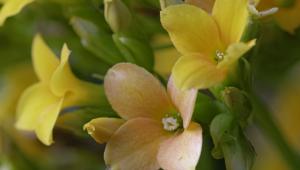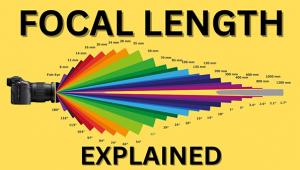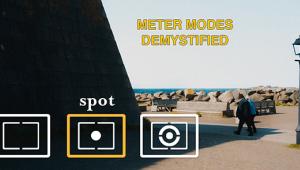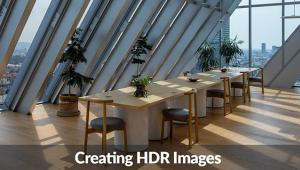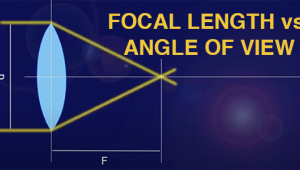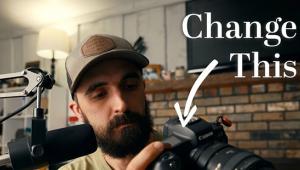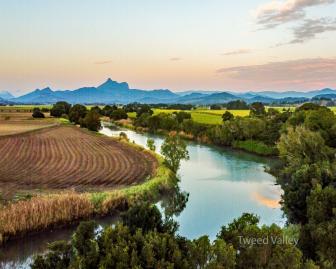New Gear For 2007: PMA Report; Tripods And Heads
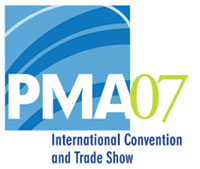 You
might think that tripods are merely three-legged supports. But judging by all
of the tripod innovations on display at PMA this year, tripods certainly continue
to evolve as do monopods and tripod heads as well.
You
might think that tripods are merely three-legged supports. But judging by all
of the tripod innovations on display at PMA this year, tripods certainly continue
to evolve as do monopods and tripod heads as well.
My first stop on my tripod tour was Bogen Imaging. The Manfrotto line-up has
been popular for years, and with good reason. They have a full range of tripods,
for everything from tabletop photography to large format studio mounting systems.
Along with the Manfrotto line, Bogen also distributes the Gitzo series, available
in carbon fiber and aluminum.
The newest tripod from Manfrotto is the 190XPROB. The center column is now easier
to rotate to horizontal by simply raising it and then swinging it to the side,
and is more stable as well compared to the previous versions, which required
you to completely remove the center column and insert it sideways. The leg angle
locks are easier to use now as well. If you don't need or care about the
horizontal option, the 190XB has the same features, sans adjustable column.
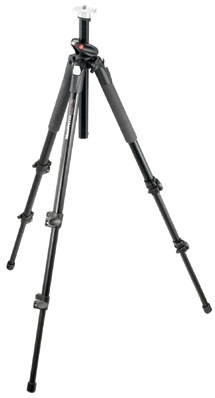 |
|
|
Although being sold as a DV and HDV camera monopod, the 560 Fluid Monopod
is interesting for compact camera users as well. The built-in fluid head helps
to smooth any movement, and the folding feet blur the line between monopod and
tripod. They also have a new Modo line of compact travel tripods that will fit
into your luggage, along with the included head with quick-release plate.
Gitzo has totally revamped their tripods with some very welcome changes to the
locking mechanism, called G-Lock. The new locks can easily be done with one
hand, and in any order you like--no more holding one section while twisting
the lock. The new series is lighter, stronger, and stiffer than previous models
and they now include a bag to store the tripod.
 |
|
|
Bogen also teamed up with National Geographic to bring out a line-up of tripods
under the National Geographic brand--the Expedition line for pros, and
the Tundra line for more casual users. One unique feature to the Expedition
series is the bellows that prevents dirt from getting into the ball head and
jamming up the movement.
A stop at the MAC Group opened my eyes to an alternative approach to camera
supports. The Induro line-up is a full series of carbon-fiber and aluminum-alloy
tripods and monopods. Induro used to be sold under the Benro name and, while
more popular in Asia than the US, they've had a good reputation for many
years. On the carbon-fiber side, there are two series--the Carbon 8X with
eight layers of carbon-fiber tubing for extra strength and stiffness, with up
to 60 percent more strength than a conventional carbon-fiber tripod (according
to MAC). The tripods come with a bag, and changeable feet with rubber or stainless
steel spike feet. The center column on all of their tripods is grooved to avoid
twisting, which I found very useful. The leg locking mechanism is smooth and
easy to operate. If you need a horizontal center column option, the Carbonflex
8X lets you rotate the center column for low action and flat art reproduction.
 |
|
|
The Alloy 6M is made from 6000 series aluminum alloy for strength and stiffness
while saving weight. The leg locks are designed to resist dust and moisture
from getting into the tripod. If you need the rotating center column, the Alloyflex
6M adds this along with interchangeable rubber and spike feet.
There's a full series of monopods as well, in both alloy and carbon fiber.
Altogether, there were over 30 models to look at, and I'll be taking a
look at the Carbonflex in the future to see how it performs compared to the
Gitzo and Giottos carbon-fiber tripods.
Giottos (through HP Marketing) has some really nice-looking tripods out right
now, and in a departure from the standard carbon-fiber or aluminum offerings,
you can add lava (yes, lava) to the materials list. Lava fiber has many of the
strength and weight advantages of carbon fiber at a lower price point. If you've
been scared away by $400 and up prices for carbon, you'll want to check
into the Giottos lava offerings. The Professional MT 93 series not only has
the option to rotate the center column to a horizontal position, but also through
a 180Þ vertical and 360Þ horizontal positioning for improved ease
in positioning your camera.
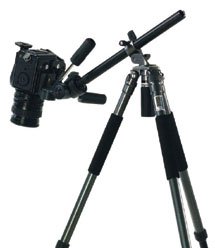 |
|
|
The MT II 82 carbon-fiber tripod has a more conventional feature set, with anti-twist leg locks that are sealed to prevent sand from jamming the legs, a bubble level. If you need the pivoting center column and a built-in universal head, the MT III 83 carbon fiber looks like a nice setup; I hope to have one of these in for review in the future.
 |
|
|
SLIK (through THK) is another of the major players in the tripod area with
aluminum and carbon-fiber legs and a variety of heads. SLIK showcased their
Pro kits--a package that gives you one of their pro-level tripods along
with a choice of three-way, panning, and ball heads. Altogether, there are seven
carbon-fiber and three aluminum sets to choose from. On the aluminum side, their
A.M.T., a blend of aluminum, magnesium, and titanium combine to give you stronger
legs at a lighter weight than conventional aluminum.
One of the most interesting setups I saw was the TrekPod by Trek-Tech. This
small company was showing a monopod with folding legs at the base for stability.
Although it looks like a walking stick, complete with cork grip, when you pop
the cover off there's an innovative magnetic mount on a ball-type head
that uses a rare earth magnet to hold a camera. I have to admit that I was skeptical
about how well this would work, but decided to bring one home anyway. After
some use, I'm impressed. The MagMount held a Canon EOS 30D with 24-105mm
lens just fine, even during panning and when tilting the head. The monopod breaks
down into two pieces for easy packing when traveling. Highly recommended!
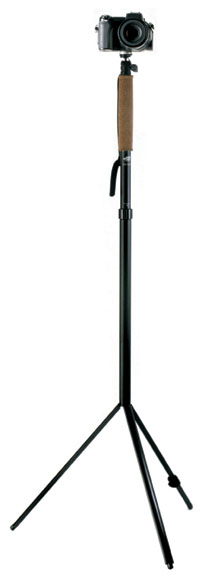 |
|
|
- Log in or register to post comments






